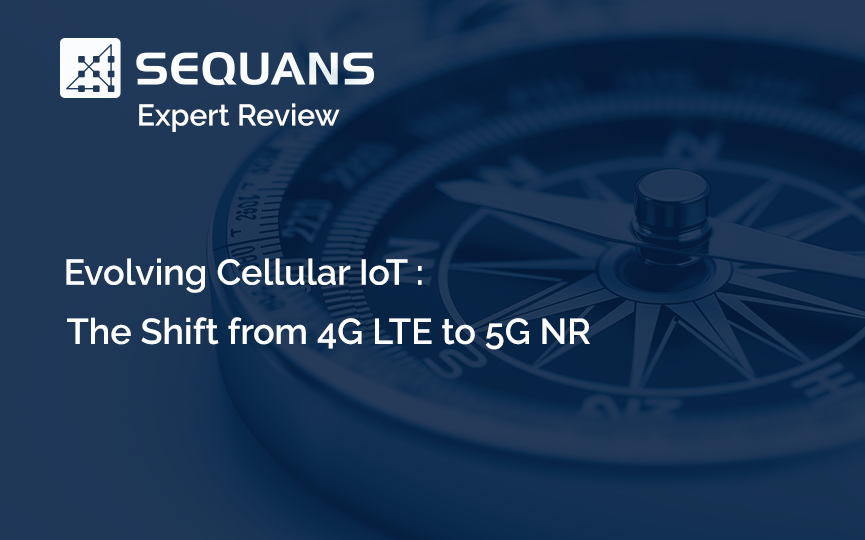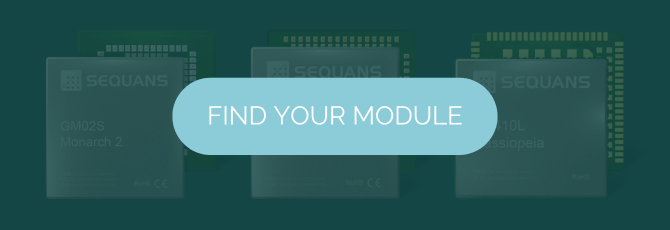The Hexa-X-II program marks the second phase of the European 6G flagship initiative, building on the foundations laid by the original Hexa-X project. This ambitious initiative aims to create a sustainable, inclusive, and trustworthy 6G platform. By focusing on end-to-end system design, Hexa-X-II integrates various technological enablers to deliver novel services for next-generation wireless networks.
Hexa-X-II brings together 44 organizations, including network vendors, communication service providers, and leading European research institutes. The project addresses key societal challenges such as environmental sustainability, aiming for a zero-carbon footprint, and inclusion, providing connectivity to underserved communities. Trustworthiness is also a priority, ensuring data transparency, security, and network robustness.
A significant aspect of Hexa-X-II is its focus on cellular IoT (Internet of Things) technologies for massive Machine-Type Communications (mMTC). The program aims to enhance IoT capabilities by integrating advanced 5G features and exploring new approaches for 6G. This will enable more efficient and scalable IoT solutions, including improved connectivity for a vast number of devices, lower latency, and higher reliability—crucial for applications like smart cities, industrial automation, and healthcare.
Nokia leads the project, with Ericsson serving as the technical manager. The initiative began in January 2023 and is set to conclude in June 2025.
Sequans plays a pivotal role in the Hexa-X-II program, leveraging its extensive expertise in 5G IoT technologies. Sequans’ contributions include developing advanced, energy-efficient, and cost-effective 5G IoT modems, as well as integrating sophisticated Artificial Intelligence (AI) features. This dual focus enhances the performance and efficiency of IoT networks, making them more capable of handling complex applications that require a blend of advanced performance requirements. These advancements are expected to significantly improve connectivity, reduce latency, and increase the reliability of IoT devices.
By combining modem technology with AI, Sequans aims to create more intelligent and responsive IoT systems that can adapt to various environments and use cases.





